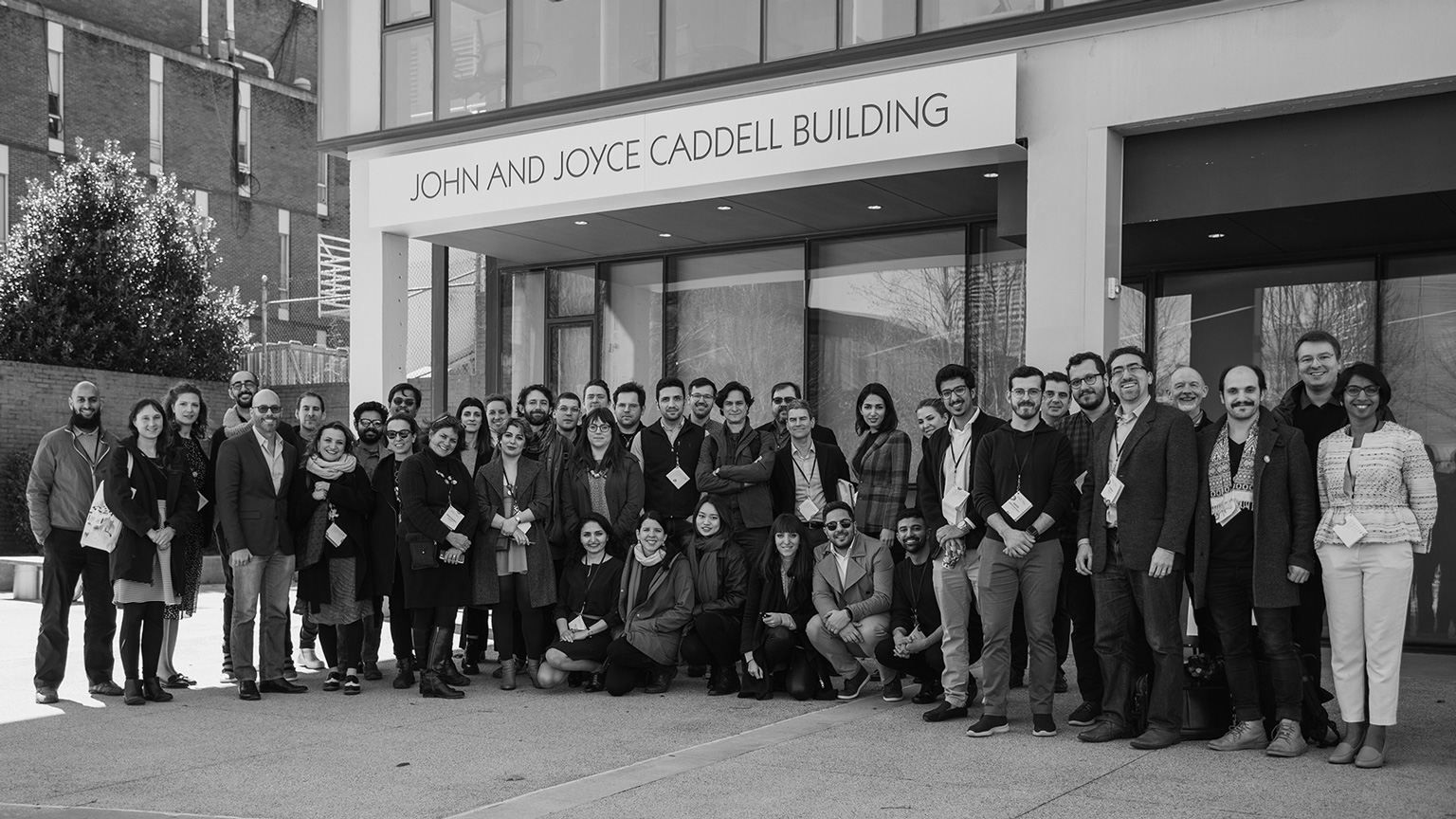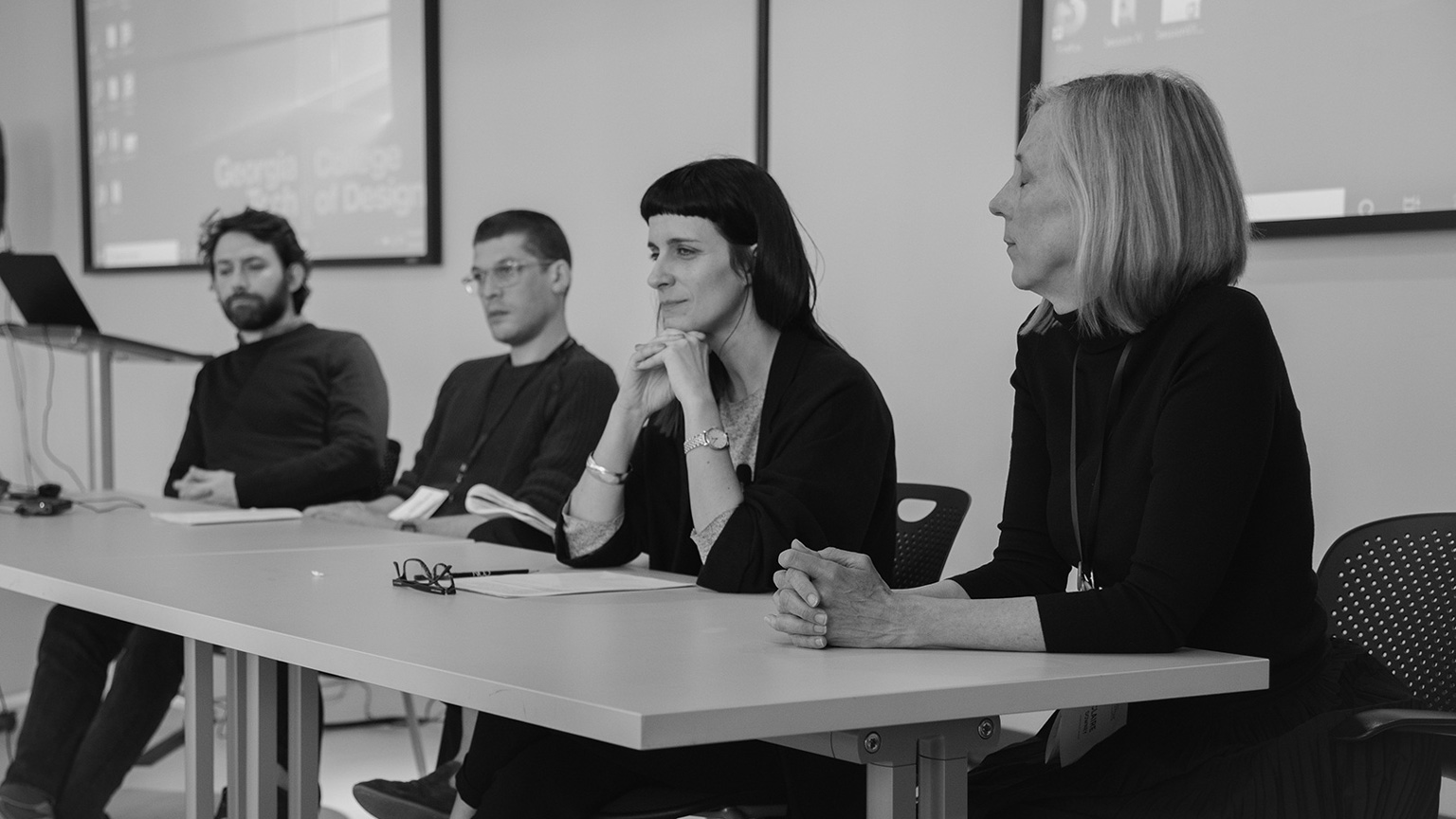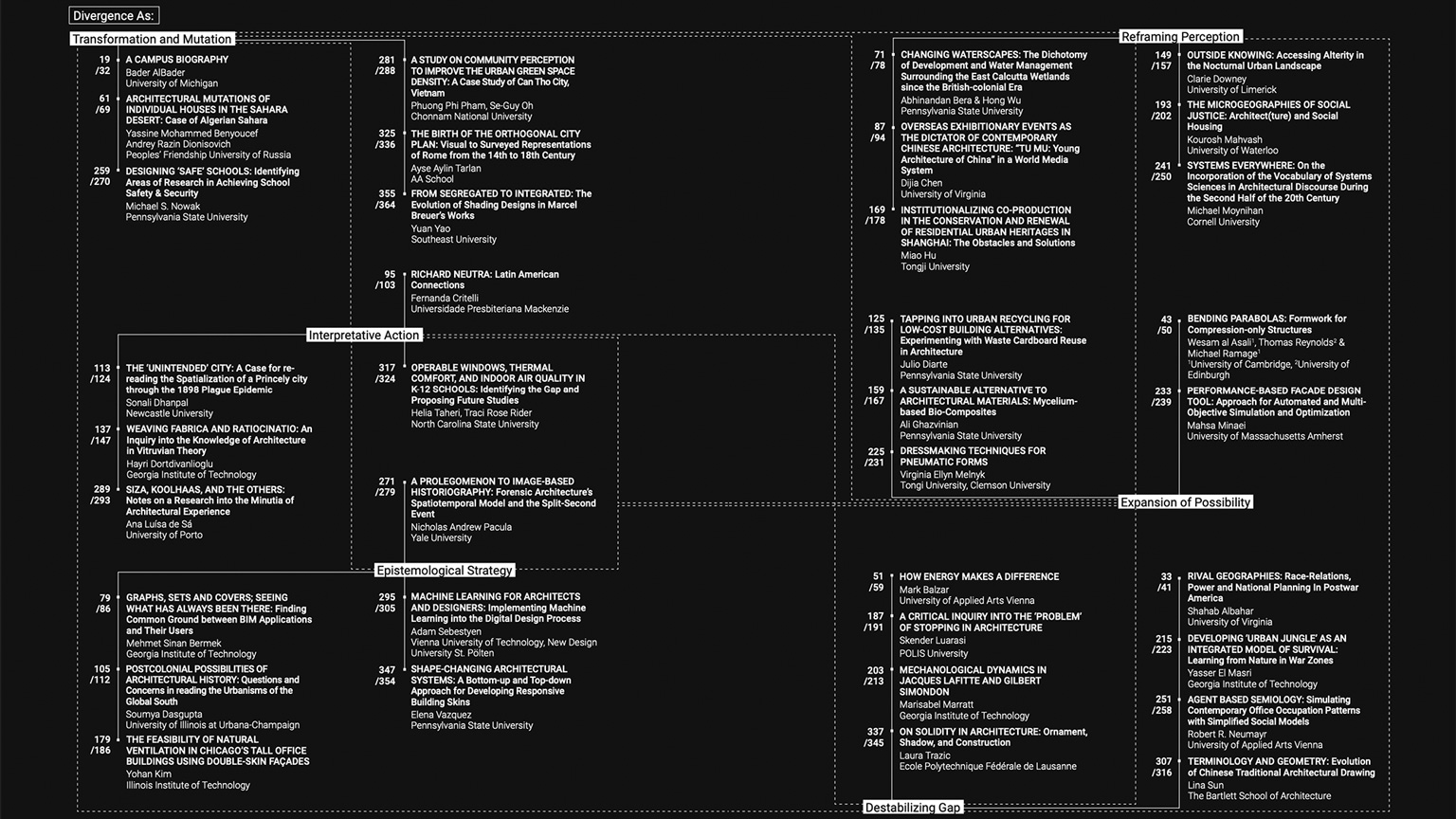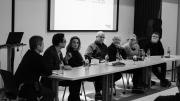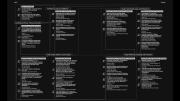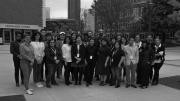Design Scholars Converge on Tech for ConCave Symposium
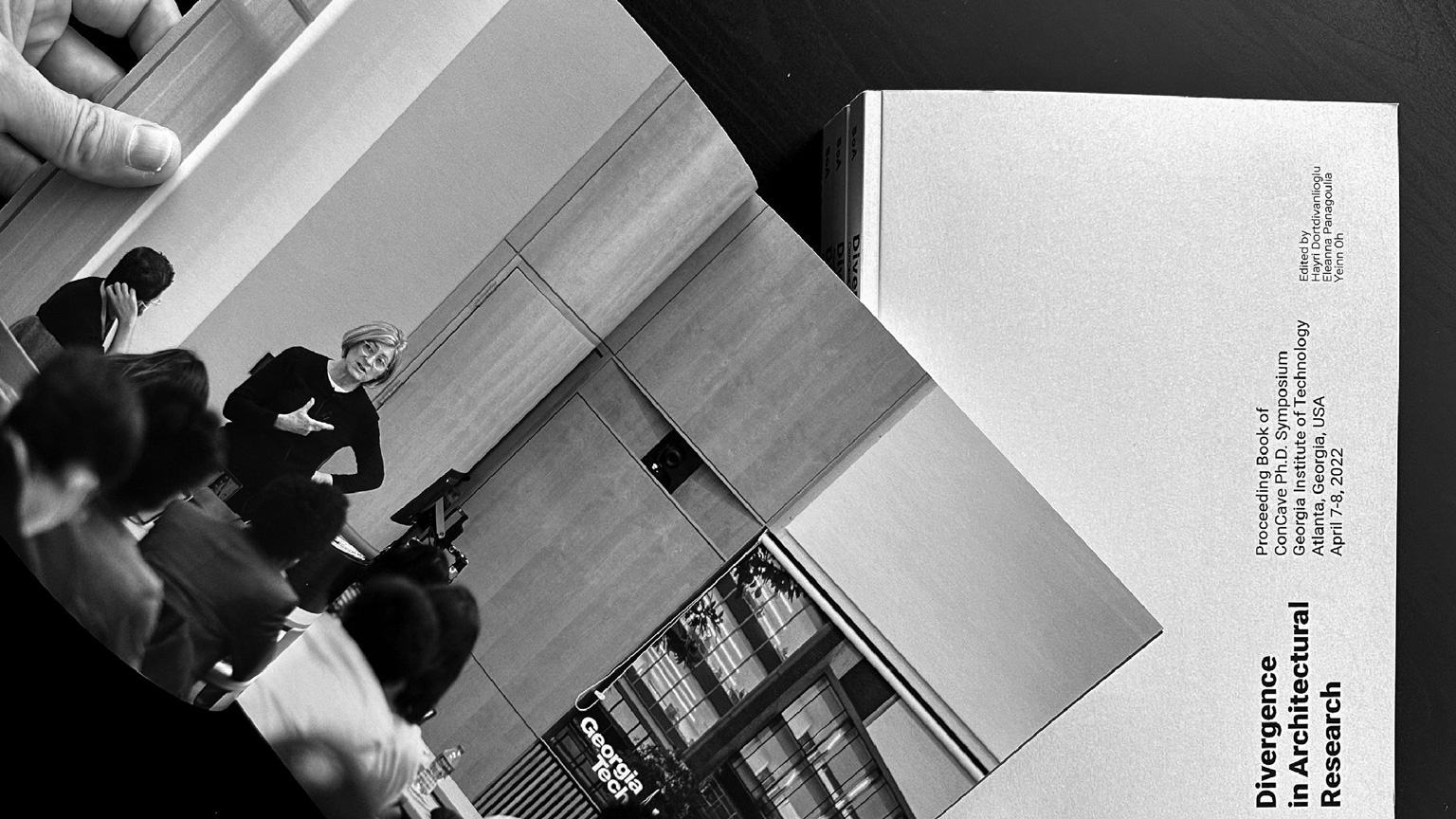
Wes McRae | April 1, 2024 – Atlanta, GA
Scholars from architecture and allied fields will converge on Georgia Tech for the third ConCave Ph.D. Symposium, held April 4 – 5, 2024.
"The ConCave Ph.D. Student Group organizes this symposium every two years," said Hayri Dortdivanlioglu, doctoral scholar and instructor in the School of Architecture. "The symposium is an international event that has received great interest from Ph.D. scholars worldwide."
"When we started both the ConCave group and the international Ph.D. Symposium, Georgia Tech was primarily known as a technical engineering school all around the world. We wanted to promote the architecture and design fields at Georgia Tech," Dortdivanlioglu said. "And this symposium definitely attracted attention of the other scholars and brought more interest in the College of Design and the School of Architecture at Georgia Tech."
The symposium takes advantage of opportunities particular to the College of Design at Tech. "The Ph.D. program in the School of Architecture has a unique quality, where it brings several different research tracks together," Dortdivanlioglu said. "What we typically see is that Ph.D. programs are often focused on a single track. Some schoos concentrate on architecture history and theory, while more technical schools are focused on sustainability research, high performance, and evidence based research. Meanwhile, some programs specialize in computational design and digital fabrication."
"At Georgia Tech, we have five distinct tracks that all interact with each other. The ConCave Symposium and resulting journal are the reflection of this culture, where different researchers can interact through a convergence."
"Another thing that makes both the symposium and the journal special is that they are completely student-led efforts," he said. "However, all the papers are reviewed by experts that hold a Ph.D."
This year's Symposium will include keynotes from Sean Hanna, at Professor of Design Computing UCL Bartlett, and Franca Trubiano, Graduate Group Chair of the Ph.D. Program in Architecture at the Weitzman School of Design of the University of Pennsylvania. Booktalks include Danielle Willkens, associate professor in the School of Architecture, speaking on The Transatlantic Design Network: Thomas Jefferson, John Soane, and Agents of Architectural Exchange; and Julie Kim, chair of the School, speaking on Interdisciplinary Design Thinking in Architecture Education.
Award-Winning Journal Encourages Non-Linear Reading Paths

One product of the Symposium is the Divergence in Architectural Research peer-reviewed journal, which serves as Symposium proceedings and also as a journal publication.
The success of the Symposium includes winning the Center for Architecture's Douglas Haskell Award for Student Journals, for the journal published from the 2022 symposium.
Fitting the theme of research convergence, the journal does not have a particular focus topic but is open to all submissions related to design and architectural research. "Usually the publications and symposia are more compartmentalized," Dordivanlioglu said. "So they cover very specific topics or fields, such as a journal on sustainability issues, a journal on architecture history and theory, or a journal on architectural computing."
"However, our goal is to bring together divergent topics, approaches, methodologies, and fields and create convergence where they can interact. From this interaction new knowledge, methodologies, or even new fields can emerge."
"What makes this volume special is that since we have a variety of topics and methodologies, the journal does not try to compartmentaliz the papers in a linear or an alphabetical order. Instead, we provide several maps for the readers that they can follow and create their own reading paths," he said.
"One map groups papers based on methodologies. One map groups them based on topics, and another one organizes them by research fields. Readers can choose their own path to explore different topics and attempt to create links among them."
Images from Previous ConCave Ph.D. Symposia
